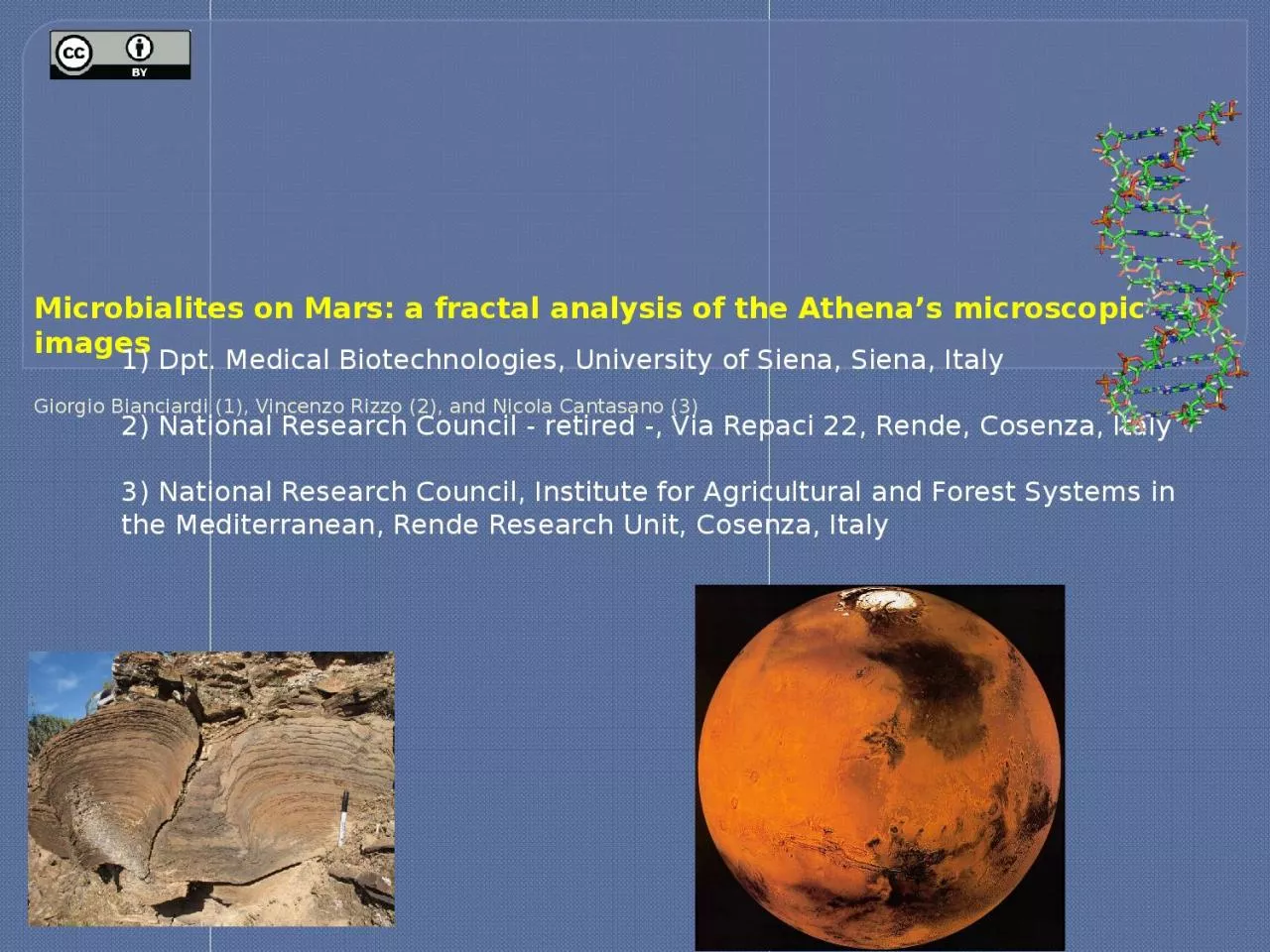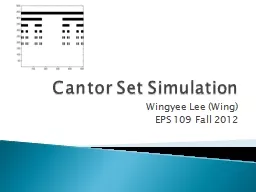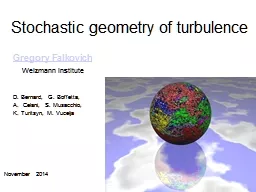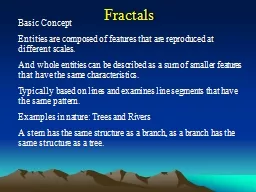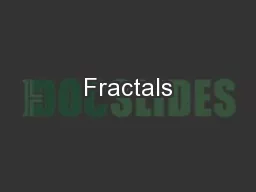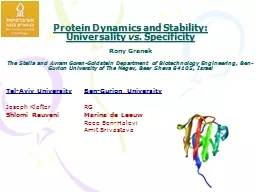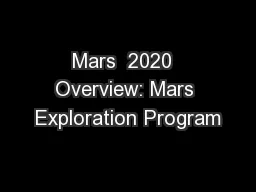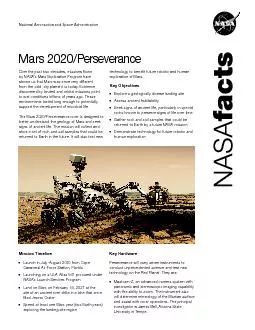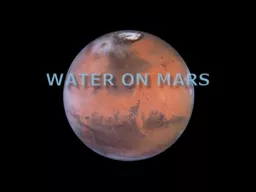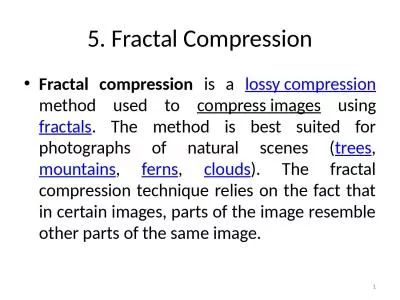PPT-Microbialites on Mars: a fractal analysis of the
Author : davis | Published Date : 2023-07-21
Athenas microscopic images Giorgio Bianciardi 1 Vincenzo Rizzo 2 and Nicola Cantasano 3 1 Dpt Medical Biotechnologies University of Siena Siena Italy 2 National
Presentation Embed Code
Download Presentation
Download Presentation The PPT/PDF document "Microbialites on Mars: a fractal analys..." is the property of its rightful owner. Permission is granted to download and print the materials on this website for personal, non-commercial use only, and to display it on your personal computer provided you do not modify the materials and that you retain all copyright notices contained in the materials. By downloading content from our website, you accept the terms of this agreement.
Microbialites on Mars: a fractal analysis of the: Transcript
Download Rules Of Document
"Microbialites on Mars: a fractal analysis of the"The content belongs to its owner. You may download and print it for personal use, without modification, and keep all copyright notices. By downloading, you agree to these terms.
Related Documents

